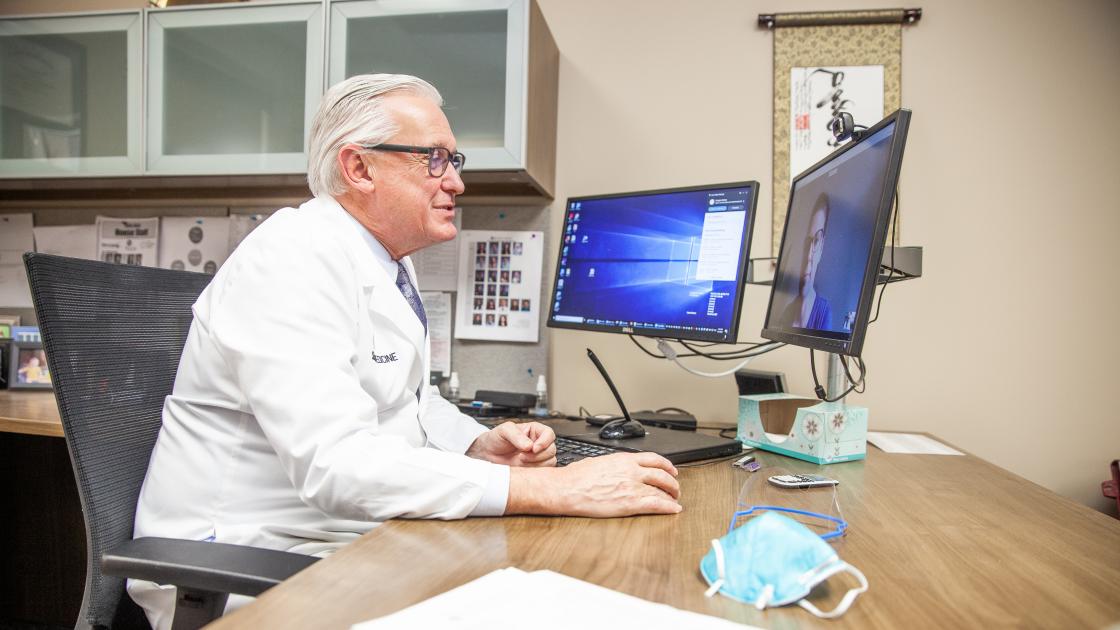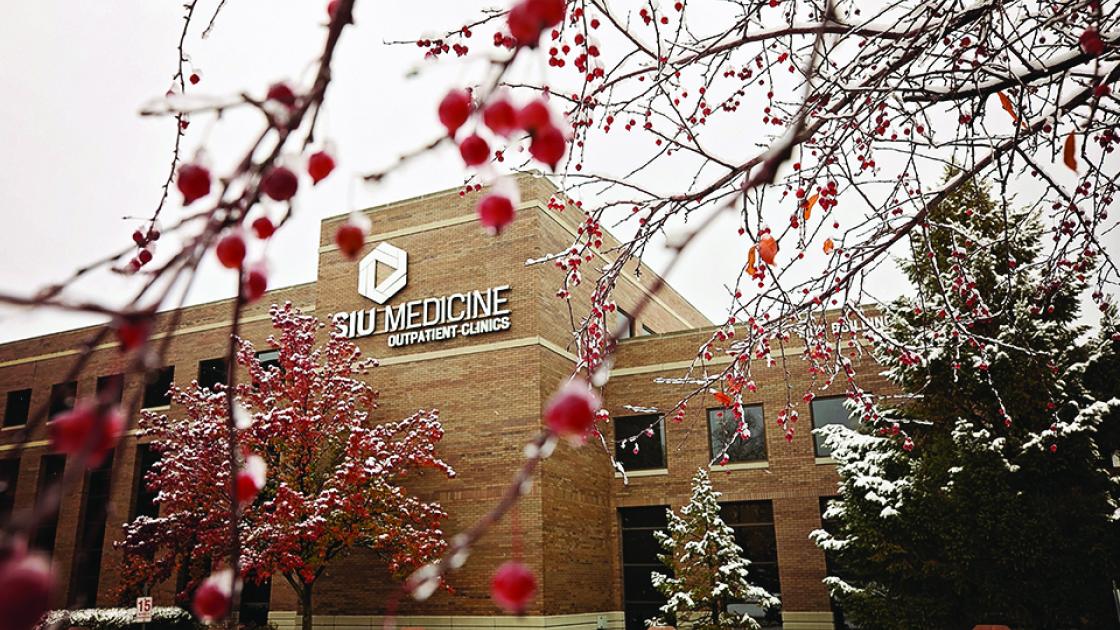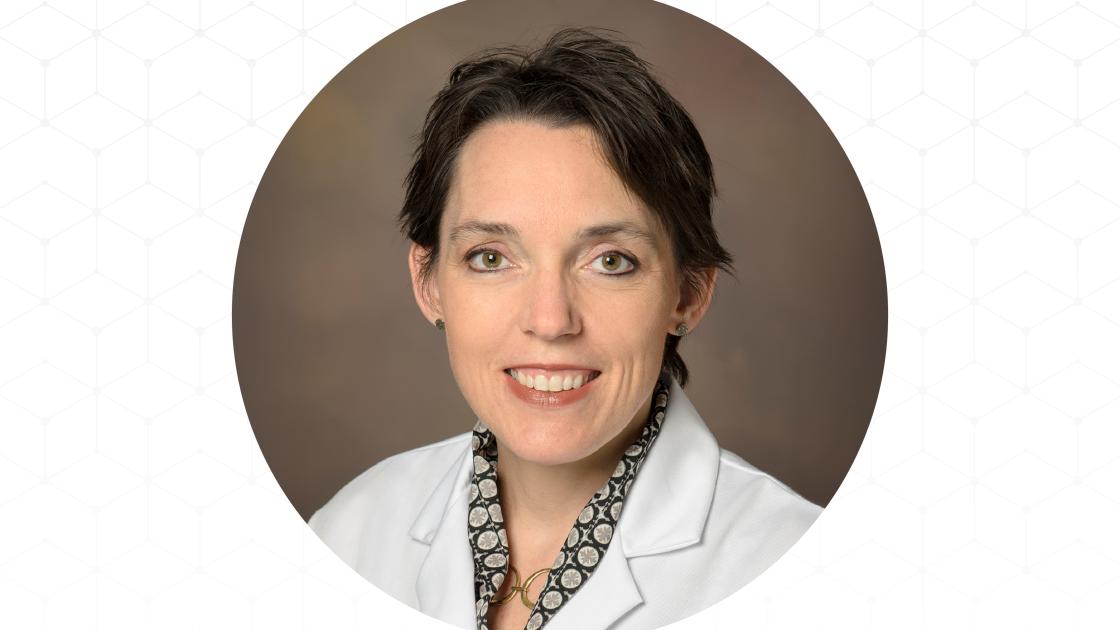
TELEHEALTH 2.0
Connecting Care to Patients
When telehealth — sometimes called telemedicine — was introduced to SIU School of Medicine providers and patients in 1995, it was viewed as the next leap forward in the medical school’s mission to provide health care to the people of central and southern Illinois. It used tested and familiar technology in novel combinations, capable of providing education and health care to physicians and patients digitally over a secure network. The traditional “first generation” telehealth doctor visit utilized dedicated spaces for patient consults in clinics and hospitals with SIU Medicine’s partner health organizations.
The rooms were equipped with special carts that contained integrated video and medical components to send images and data to the provider. A nurse or other trained tele-presenter frequently assisted at the originating site, gathering vitals and information from the patient as needed, before the traditional doctor-patient dialogue took place. The primary difference of the telehealth visit was that the doctor was present only on a video screen. This was how much of telehealth was conducted across the United States. The technology improved access, saved time and money, and delivered specialty care to vast areas of America where providers were sparse.
Then COVID-19 struck.



